Lab Made Diamond Rings Are Outshining Their Mined Siblings: Here’s How
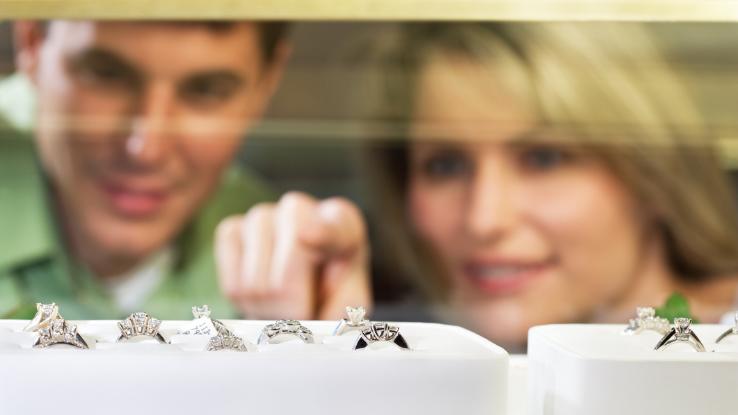
There’s a lot to say about diamonds: They’re forged in pressure, they’re a girl’s best friend and, according to one of the most famous marketing taglines of all time, they’re “forever.” They’re also ethically dubious; notorious “blood diamonds” are mined in warzones and used to fund insurgencies, leading some folks to argue that every diamond has a little bit of blood on it. In addition to their ethical dilemma, it’s a universal truth that diamonds are expensive. But could laboratory diamonds be paving the way for a new future in jewelry — one that’s free of the downsides of mined diamonds?
Thanks to advancements in technology, lab-made diamonds are taking the jewelry industry by storm. These artificial diamonds are not cubic zirconia or moissanite, two popular diamond simulants. And man-made diamonds aren’t knockoffs or imitations either; and if anything, they’re the real thing — just made more ethically.
Lab-created diamonds could take these well-known jewels and make them more accessible to a wider range of buyers. Curious about these sparkling creations? We’re breaking down all things diamonds — from laboratories to civil wars to cremation — and the interesting solutions lab-made versions present.
How Are Diamonds Created in Labs?
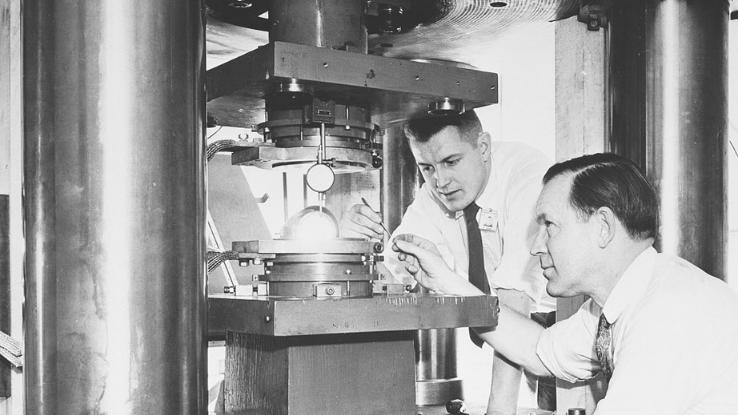
To understand what lab-made diamonds are, let’s first break down what a diamond is on the molecular level. You won’t see diamonds on the periodic table of elements because they’re made up of carbon molecules. But diamonds aren’t molecular, either, because they don’t have a set molecular formula like water (H2O) or salt (NaCl). Instead, diamonds are made up of covalent bonds. Basically, that means each carbon atom in a diamond shares electrons with several other carbon atoms, and together they make a cluster of mass. It just so happens the resulting structure looks great on gold bands wrapped around fingers.
Lab-made diamonds aren’t exactly new. Scientists have been seriously working on their discovery and development since the 1940s. At one point, the U.S., Sweden and Russia were even competing to see who could make them first. Like the Space Race and the Cold War, this technology grew because of tension and competition. Demand for lab-made diamonds started in the late 1700s when it was discovered that diamonds were made of carbon. Throughout the 1800s, scientists around the globe attempted to synthesize inexpensive sources of carbon into diamonds. It was General Electric that emerged successfully in 1954 after finally creating the first batch of laboratory diamonds.
H. Tracy Hall was the chemist given the credit for the discovery. After experimenting with thousands of different atmospheres and temperatures, Hall was able to make diamonds from scratch. The process required a press that could exert over a million pounds of pressure on a small area. For his industry-changing work, Hall was given a $10 savings bond from GE.
To make lab diamonds, scientists apply huge amounts of heat and pressure to the carbonic raw materials. This simulates what happens to matter that’s closer to the Earth’s core and mimics the way mined diamonds form naturally. The process is similar to how glass is made, except it takes much more heat and pressure to churn out something that won’t easily break.
Today, diamonds are made with that high-pressure, high-temperature setting. They’re also made through chemical vapor deposition, using ultrasound cavitation, and sometimes through detonations and explosions. Each method has its list of pros and cons, but it’s turning out to be beneficial that the number of ways to make them continues to increase.
Lab-Made Diamonds vs. “Real” Diamonds: How Do They Compare?
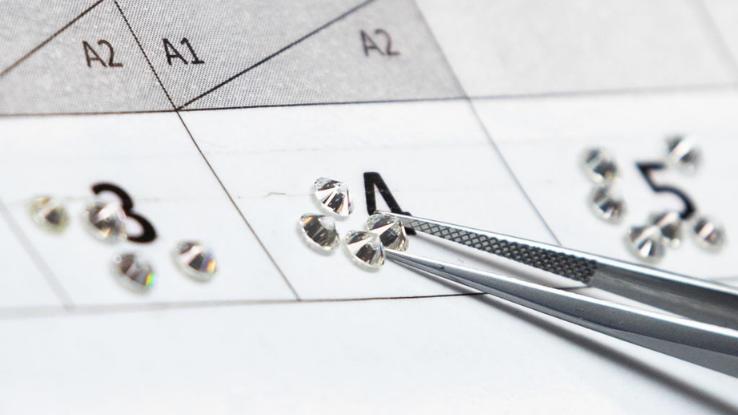
There aren’t many properties that differentiate lab-made diamond rings and diamonds that were mined. Mined diamonds can be found more than 100 miles below Earth’s surface — the only place on our planet where conditions are hot enough to create natural diamonds. Diamonds have a unique hardness because of these conditions. This gives them the unbreakable “forever” quality.
The heat is also what makes diamonds so clear and lustrous. There are diamonds of many colors, but “pure” diamonds composed of all carbon are typically the clearest. Color in a diamond usually means that another element — usually nitrogen — is present in addition to carbon.
According to the folks at diamond producer Brilliant Earth, a diamond grown in lab settings costs about 30% less than a mined diamond. This could potentially level out as lab-created diamonds become more prominent in the market. If you’re tempted to buy lab-made diamonds for their price, you’re not alone. Diamond alternatives like cubic zirconia or moissanite are still more affordable than laboratory diamonds, however, and it’s likely they’ll stay that way; most moissanite is already grown in labs.
If you compare flowers grown in a forest to ones grown in a greenhouse, you probably can’t tell the difference. The same goes for lab-made diamonds.
Cremation Diamonds: Lab-Made and Full of Love
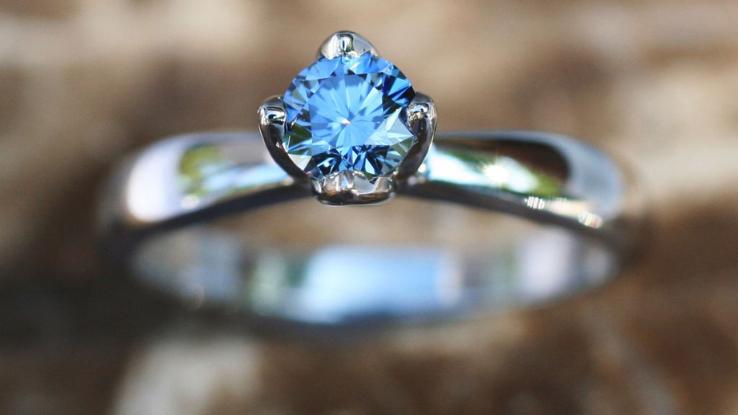
Lab-made diamonds aren’t only making waves in the jewelry industry due to their cost savings. People are also buying lab-created diamonds to grieve. Whether it be a pet or a loved one, many people have begun turning down traditional burials for cremation with a twist. As you may recall from science class, carbon is in all living things. And thanks to the advent of lab-made diamonds, the ability to turn your loved one’s ashes into a stone that you can wear around your neck or on your hand has never been more accessible.
At $2,999 for a tenth of a karat, there are still a lot of accessibility issues around this option. But, in a time when funeral and burial costs can run $10,000 or more, many people are already turning to cremation with or without the diamond aspect. The cost to produce lab-made diamonds has gone down from about $4,000 per karat to $500, according to Antwerp World Diamond Centre, presenting bereaved family members with a more affordable and eco-friendly opportunity to memorialize a lost loved one.
Burial space in cemeteries is growing more limited and competitive, making cremation a more viable option for many families. Having your pet or loved one transformed into a memento is better for the earth than burial in a cemetery — but that’s just one of a lab diamond’s potential eco-friendly benefits.
How Will Lab-Created Diamonds Affect the Earth?
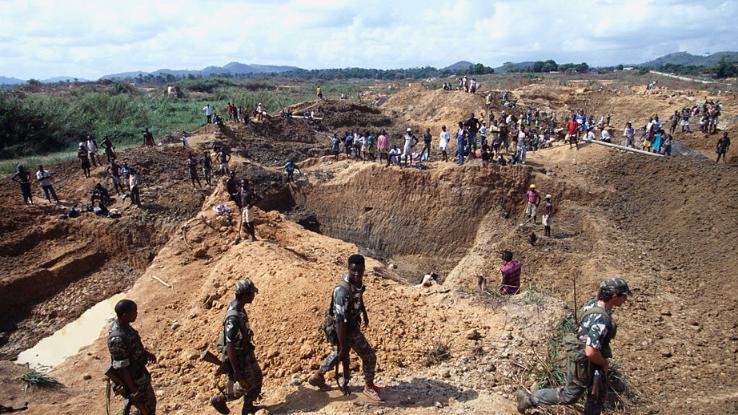
Overall, lab-created diamonds are much better for the planet, environmentally speaking, than mined diamonds. If lab-made diamond rings were easier to make, they’d probably cost less. It still does take a lot of resources to make these diamonds happen — the first press that H. Tracy Hall used to make his diamonds cost over $100,000, and that was in the 1950s. But compared to the deleterious mining practices that are common worldwide, lab-made diamonds present a more ethical, sustainable option.
Lab-created diamonds stand to benefit the world in ethical and environmental ways. Regarding ethics, “blood diamonds” or “conflict diamonds” are terms describing diamonds that weren’t sourced ethically — terms that can be applied to most of the mined diamonds on the market today. Many of the miners are children who are struggling to survive. Miners in many of the African nations where these diamonds are mined don’t have access to organizations that protect workers. As a result, miners are subjected to rockslides, walls collapsing and a higher risk of drowning.
Civil wars have broken out over control over access to diamond mines, such as the Sierra Leone Civil War, which started in 1991 and ended in 2002. That’s more than twice as long as the U.S. Civil War. Although the sentiment of a diamond ring can be precious, knowing that people frequently die to obtain these gems can make the gift feel regrettable. This is one reason why the Federal Trade Commission has endorsed lab-made diamonds; it just wants retailers to be clear that these diamonds were grown and made by man in their advertising.
When it comes to the environment, mining diamonds, or anything, is just not sustainable in the long term. Mining, no matter what’s being mined, is a destructive process. Ecosystems and habitats are destroyed in the process. In an interview with Planet A, activist and director of Zimbabwe’s Centre for Natural Resource Governance Farai Maguwu explained just how diamond mining affects nearby areas. “Cows are dying, fish are dying,” Maguwu said.
Because much of the technology for lab-created diamonds has only developed recently, researchers still need to gather more concrete data that fully reveal how eco-friendly the process really is. Entities like the Diamond Foundry are quick to remind us that the process of making laboratory diamonds uses significantly fewer greenhouse gases and less water; Diamond Foundry’s own processes produce zero emissions in manufacturing lab diamonds. Communities also don’t have to deal with the destroyed land and other aftermaths of mining, such as acid leaking into water systems.
While laboratory diamonds aren’t the standard of engagement and other jewelry yet, that could change in the years to come. With a lower price tag, laboratory diamonds have a broader appeal to millennials and younger generations. Their increased usage can mean a cleaner, more stable Earth and cost savings for everyone. That’s the type of “forever” we can get behind.





